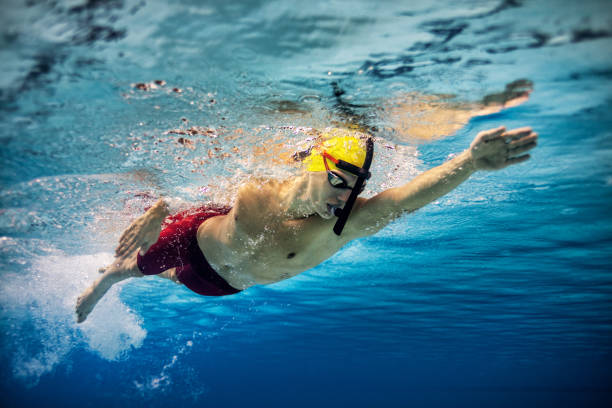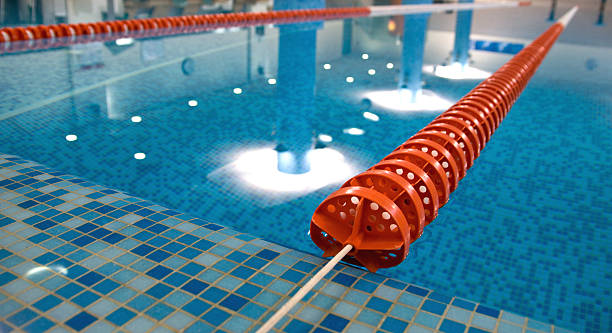
5 Proven Ways Tracking Workouts will Make You A Better Swimmer
As dedicated swimmers, we invest significant effort into perfecting our craft. From meticulously shaving our bodies to strategizing ways to overcome water resistance, we leave no stone unturned in the pursuit of swimming excellence. Yet, amidst all these efforts, there’s a simple practice that can elevate our performance to new heights – logging our workouts.
1. Goal Setting: The Catalyst for Success
The act of writing down our swimming goals transforms abstract aspirations into tangible realities. Research reveals a staggering 42% increase in goal achievement when goals are written down. To leverage this power:
Key Actions:
- Outline goals for major meets, specifying desired splits.
- Weekly goal setting, focusing on attendance, effort, and extras.
- Establish practice-specific goals before each session.
Executing these actions brings your goals to life, fostering a sense of accountability and propelling you towards success.
2. Consistency: The Journaling Advantage
A study involving over 1,700 participants found that those who recorded daily activities, in this case, food intake, were twice as likely to achieve their goals. Applying this principle to swimming, journaling your workouts enhances consistency and reveals patterns in training and lifestyle.
Utilize a Training Journal:
- Enhances self-awareness of training habits.
- Provides objective insights into effort levels.
- Fosters consistency by recognizing behavioral patterns.
Embrace the power of journaling with tools like YourSwimBook, designed for competitive swimmers to optimize training effectiveness.
3. Ownership and Accountability
Tracking workouts instills a sense of responsibility for your swimming performance. The knowledge that your efforts will be documented pushes you to give your best, as evident in weight loss studies where self-monitoring led to increased exercise.
Personal Experience:
- Mid-practice motivation to elevate effort.
- Salvaging subpar workouts through heightened accountability.
While tracking workouts won’t guarantee perfection, it significantly improves mediocre sessions, making the logging process invaluable.
4. Planning for Success
A comprehensive training log involves setting written goals for both individual sessions and the entire season. Research suggests that setting specific deadlines increases task completion rates.
Supercharge Your Goals:
- Set written training and seasonal goals.
- Attach deadlines to enhance commitment.
A well-documented plan not only clarifies objectives but also propels you towards consistent improvement.
5. Immediate Motivation: Small Wins Matter
The journey of a swimmer requires patience, often tested by the lack of immediate gratification. Regularly tracking workouts provides immediate motivation and a tangible record of progress.
Experience Confidence Boosts:
- Celebrate “small wins” through documented achievements.
- Build momentum towards long-term goals.
The regular acknowledgment of accomplishments, no matter how small, accumulates into a powerful force driving sustained action and results.
Conclusion: Measure Your Success
In conclusion, if you are serious about optimizing your swimming performance, meticulous measurement is non-negotiable. Focus your attention on what you track and measure, embracing the power of logging your workouts. Whether it’s setting goals, ensuring consistency, taking ownership, planning strategically, or finding immediate motivation, your log book is the key to unlocking faster swimming.



